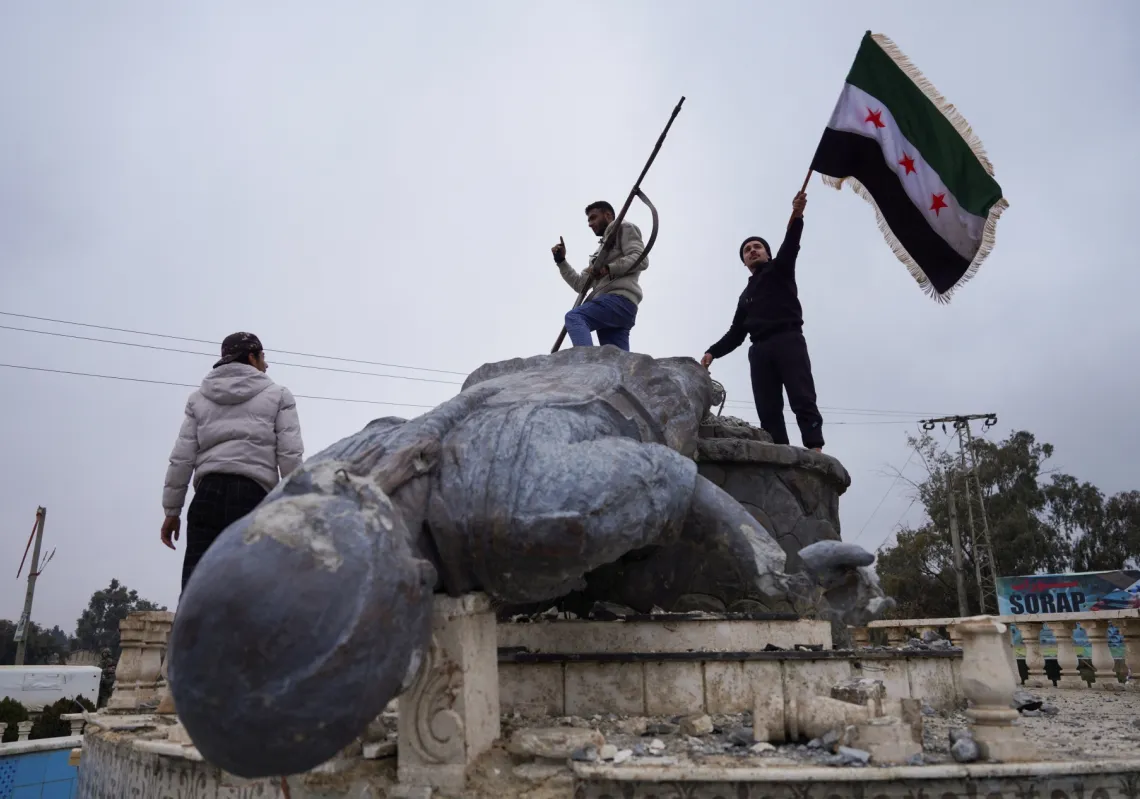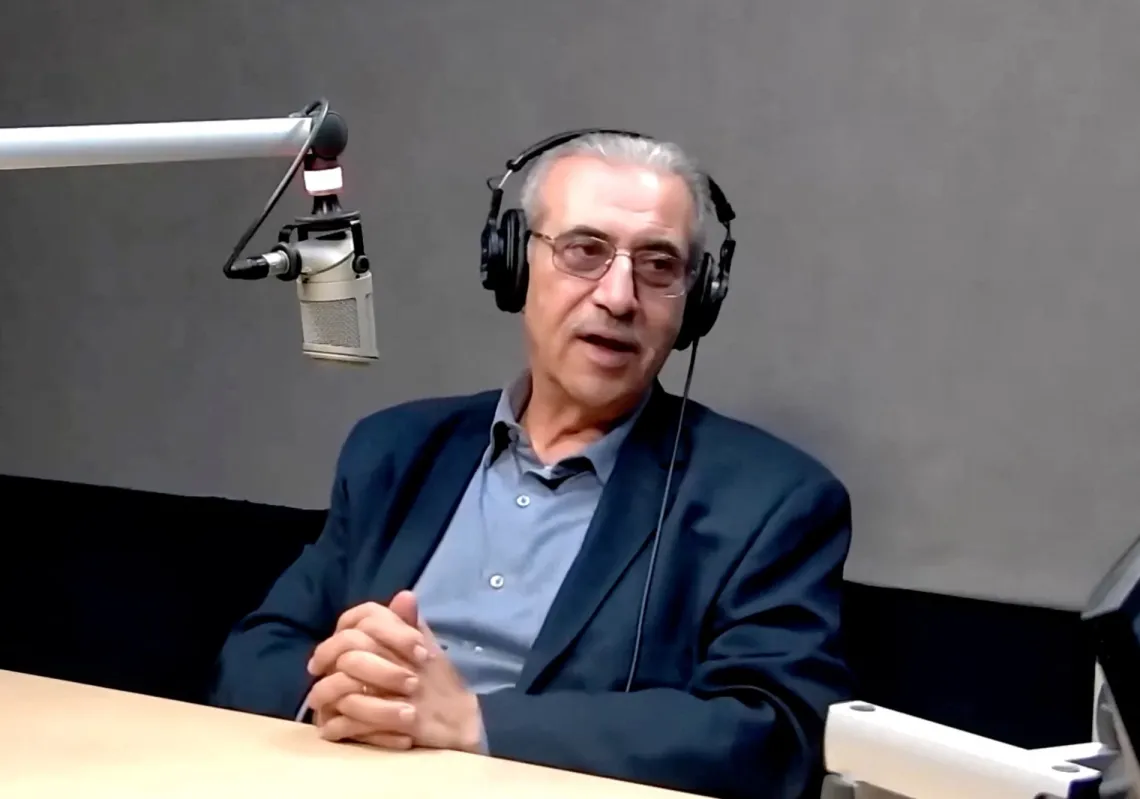Southern Lebanon begins at the outskirts of the city of Sidon, often referred to as the "Gate of the South."
An understanding of the precise geography of this part of the country could prove vital to the region and the world. It may well be that this is the area that will define if the war in the Middle East is spreading beyond Gaza, via the breakdown in established “rules of engagement” between Hezbollah and Israel.
These rules outline the accepted norms of the ongoing skirmishes between the countries that remain from the days of war. Any return to full-blown conflict could emerge here first, outside those parameters.
The Lebanese province has a border with Israel from the north and consists of two governorates: the South and Nabatiyeh. It is divided by the Litani River, which creates what appears to be two distinct areas.
The Litani’s banks are connected by a network of bridges, with the most significant ones being Al-Qasimiyah, Tirfalsiyeh, Al-Qaqia, and Al-Khardli. The region extending toward Beirut from these from these bridges is commonly known as the North River area, after the direction in which it heads.
The area alongside the Israeli border is referred to as “South of the River”. It was here that Israel occupied land for 22 years after Operation Litani in 1978. Until Israel withdrew in 2000, the area was under semi-self-administration led by the "South Lebanon Army," composed of southerners loyal to Israel. United Nations peacekeeping forces – known as UNIFIL – were deployed there to help maintain security in cooperation with the Lebanese army.
Read more: Is a new Israel-Hezbollah war looming?
Three frontline sectors South of the River
The South of the River region can be divided into three sectors: the western sector, which is part of the South Governorate, and the middle and eastern sectors, which fall under the Nabatiyeh Governorate.
These areas consist of frontline villages – covered by the rules of engagement – and a temporarily secure rear. That is where Hezbollah’s military has been based since Israel's withdrawal, despite being designated as demilitarised zones according to the provisions of United Nations Security Council Resolution1701, which was issued following the 2006 war. It stipulates the cessation of military operations between Lebanon and Israel.

The middle sector is the main area of population and the military centre of gravity for Hezbollah. It contains the highest population density of Shi’ite loyalists in the border areas, facing an open plain of settlements and military installations.
This sector includes the city of Bint Jbeil and a strip of predominantly Shi’ite villages, such as Ainata, Aitaroun, Aita, Yaroun, and Maroun al-Ras. Maroun al-Ras is particularly strategic because it is situated on a high hill, overlooking a wide and deep area encompassing the settlements of the Upper Galilee. Within its range of fire lies the Avivim compound, which was constructed on the ruins of the town of Salha.
The Middle East region also encompasses a border strip of Maronite Christian villages, which maintain political and cultural distinctiveness from Shi’ite partisans. Most of these villages are aligned with the Lebanese Forces party, including Rmeish, which is the largest Maronite parish in the region, Dibal, Ain Ebel, and Al-Quzah. These villages are all located within less than three kilometres from the border and share a historical and cultural connection with Palestinian Nazareth.
Read more: 'Nuke Gaza': The 'Madman' nuclear rhetoric is back again
The “Good Fence”
During the period of occupation, Israel referred to this area as the "Good Fence," and it implemented a policy to engage with Christian villages in southern Lebanon. This policy extended to include Shi’ite and Sunni villages as well, with the primary objective of providing badly needed public services. This policy took various forms following the outbreak of the civil war in 1975.

















